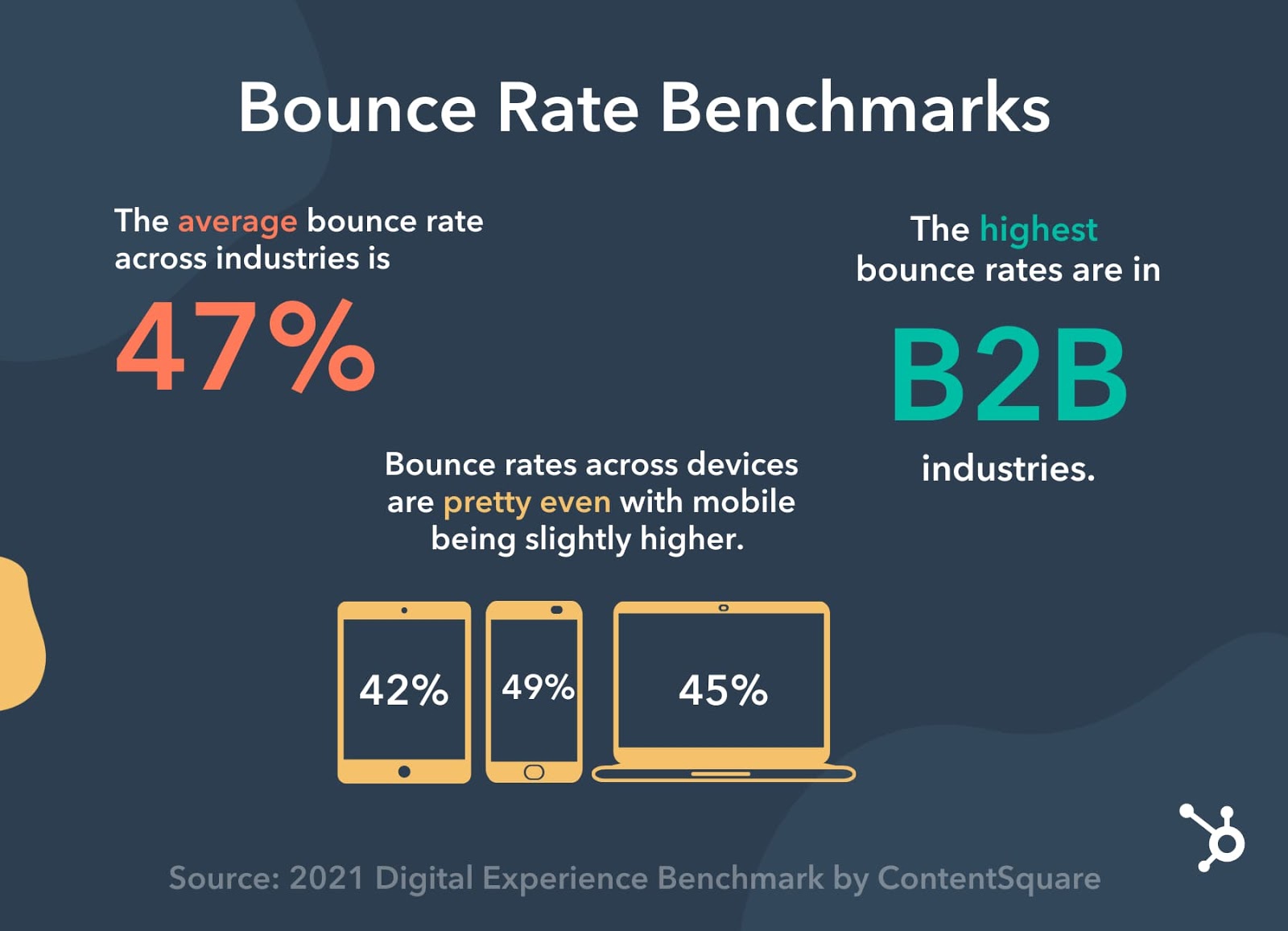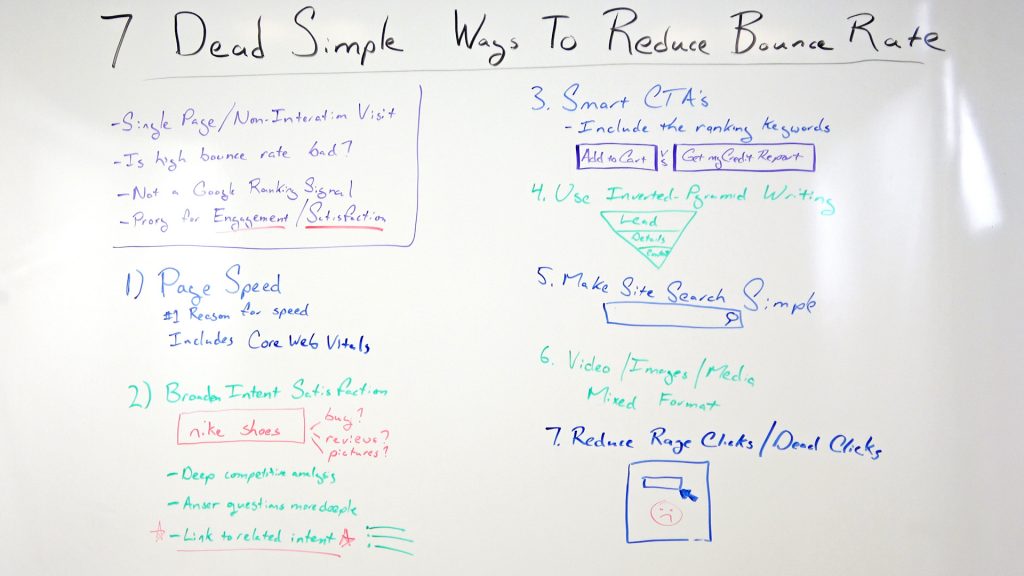6 Steps to Reduce Your Bounce Rate [+ Platform-Specific Tips]

By skusinitz@hubspot.com (Sam Kusinitz)
Your website’s bounce rate is a metric that indicates the percentage of people who land on one of your web pages and then leave without clicking anywhere else on your website – in other words, single-page visitors.
How sticky is your website? If visitors bounce, it suggests they either didn’t find what they were looking for, or the page wasn’t user-friendly. A high bounce rate also means visitors aren’t looking for more content on your site, clicking on your calls-to-action, or converting into contacts.
For inbound marketers whose primary goal is to attract and convert website visitors into highly qualified leads for their sales teams, it’s scary stuff. So, let’s get into how to decrease your bounce rates.
Improving Your Bounce Rate Infographic
Fortunately, QuickSprout has created an awesome infographic that explains why bounce rate is so important, highlights benchmark industry averages for bounce rate, and identifies a variety of changes you can make to help reduce your website’s bounce rate. Check it out!
And if you want help converting visitors who are about to bounce from your site, try using HubSpot’s free lead capture tool Lead Flows to create a call-to-action with a relevant offer triggered by exit intent.
Bounce Rate Benchmarks
Having a benchmark is so valuable when trying to understand where you stand against competitors in your industry.
Find below some 2021 key statistics on bounce rates.

1. Set realistic expectations.
When it comes to your bounce rate, it’s important to set the right expectations. As mentioned in the infographic, look at your historical data as a baseline for how your website has performed in the past.
Then, compare it to the average for your industry and platform.
Let’s say your company is a B2B brand with an average bounce rate of 56%. As seen in the previous section, the average bounce rate across industries is 47%, so you might say yours is really high.
However, the data also shows that bounce rates are much higher for B2B industries, at 75%. So, at 56%, your company is actually doing quite well. While this doesn’t mean you should stop your efforts at reducing the bounce rate, it’s important to know how you stack up against benchmarks.
In this case, where you’re only in competition with yourself, it’s time to rely on historical data to guide your strategy.
2. Attract the right visitors.
Picture yourself in a grocery store. You’re looking for a particular item and you go down an aisle. You look around and you can’t find it. So, what do you do? Leave the aisle and ask for help, or just try the next one.
Think of your website as an aisle at the store. If your content …read more
Source:: HubSpot Blog

![Free Resource: Website Optimization Checklist [Download Now]](https://no-cache.hubspot.com/cta/default/53/00d9cc96-eff7-4cea-8ff3-583374c3dcd5.png)








